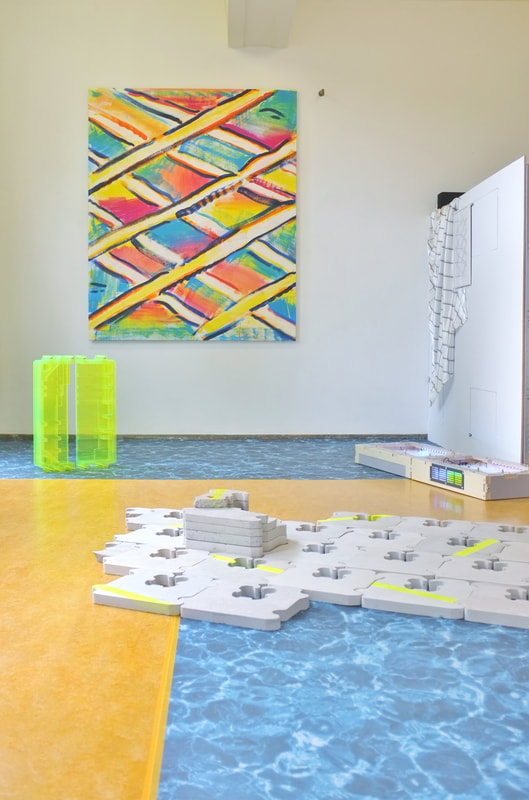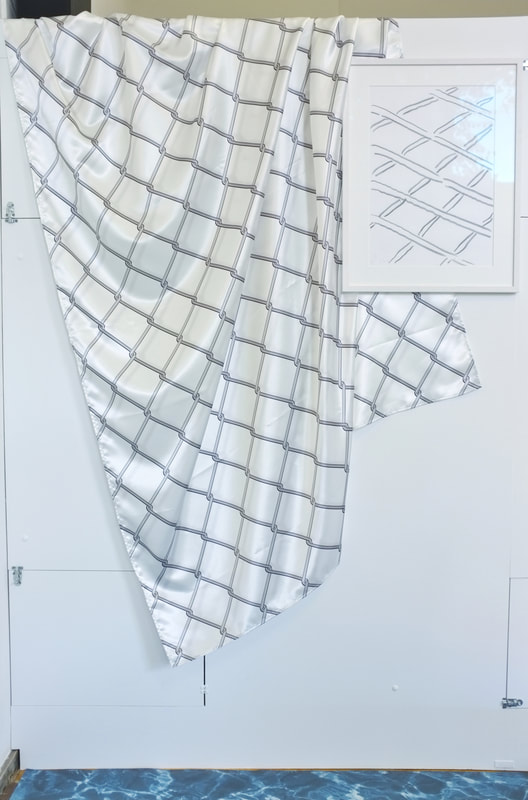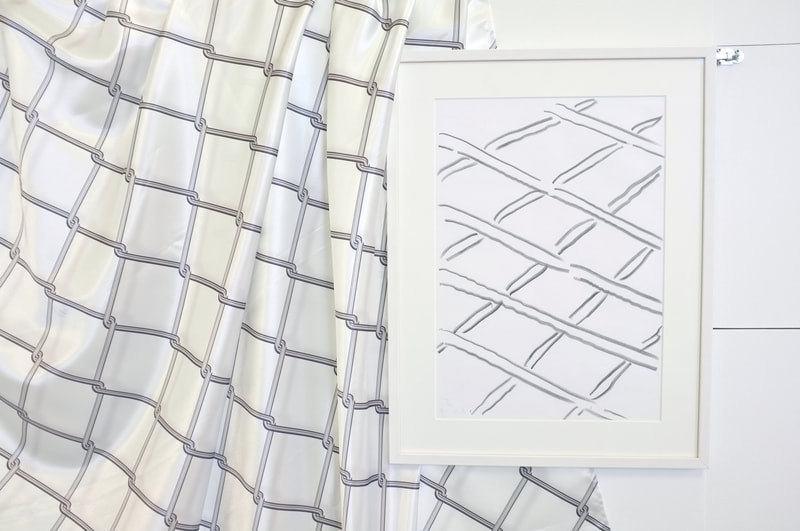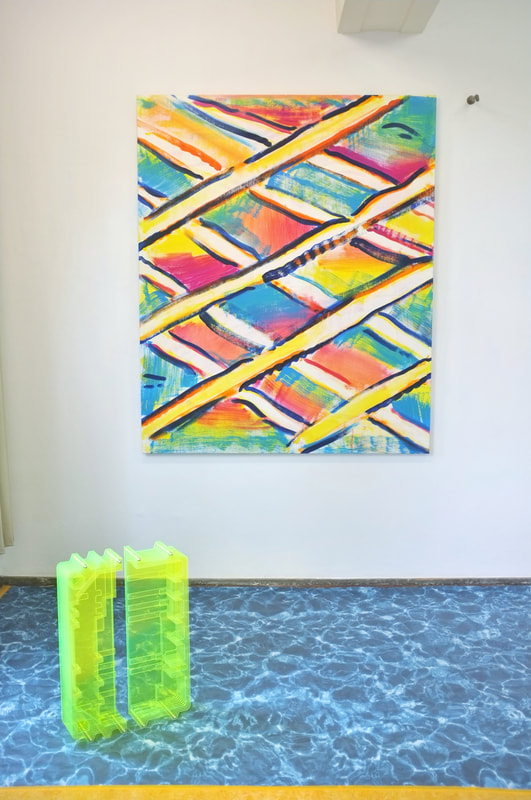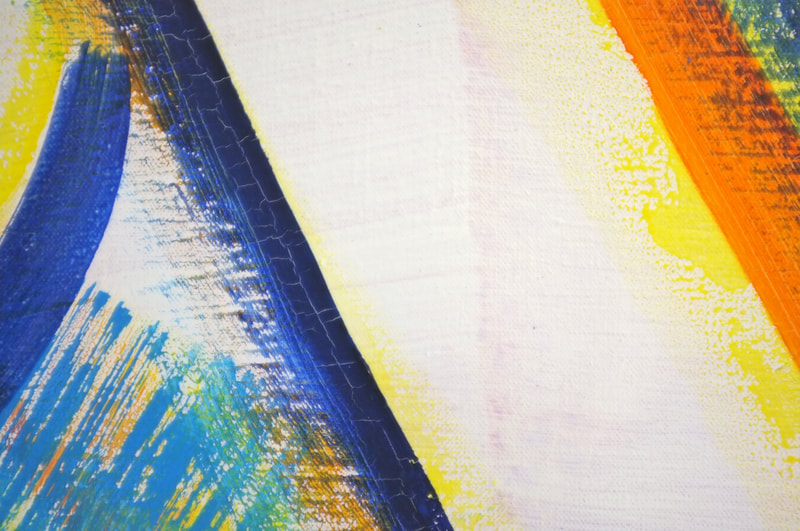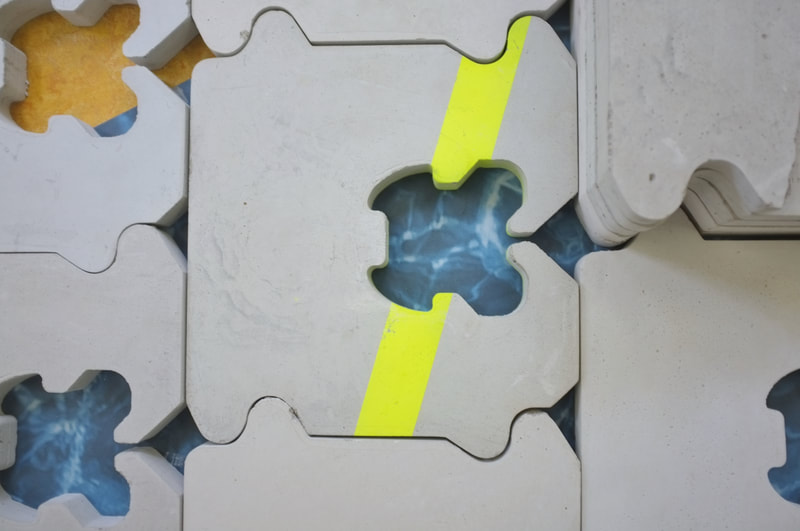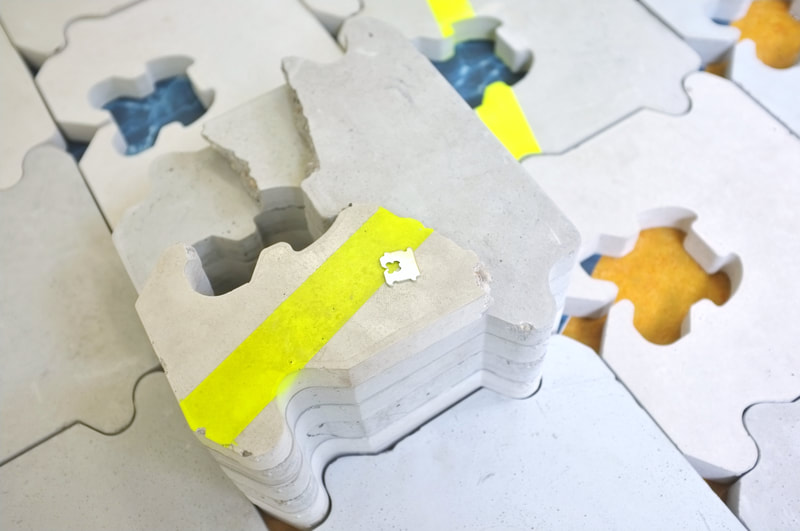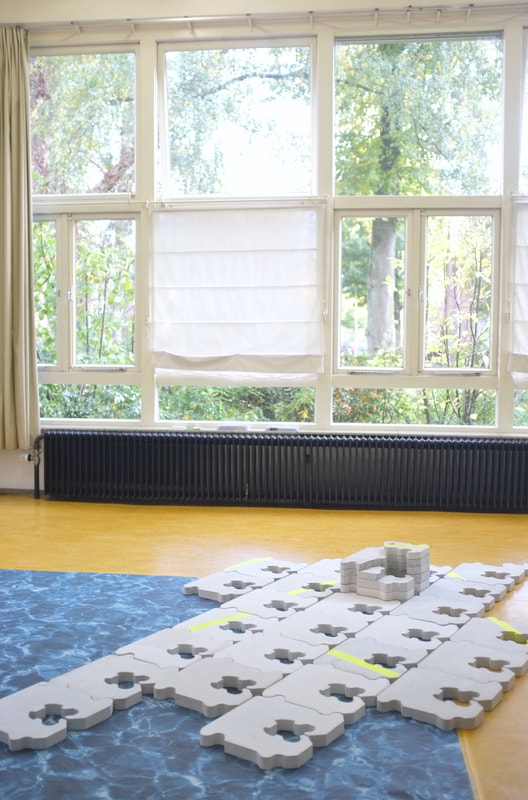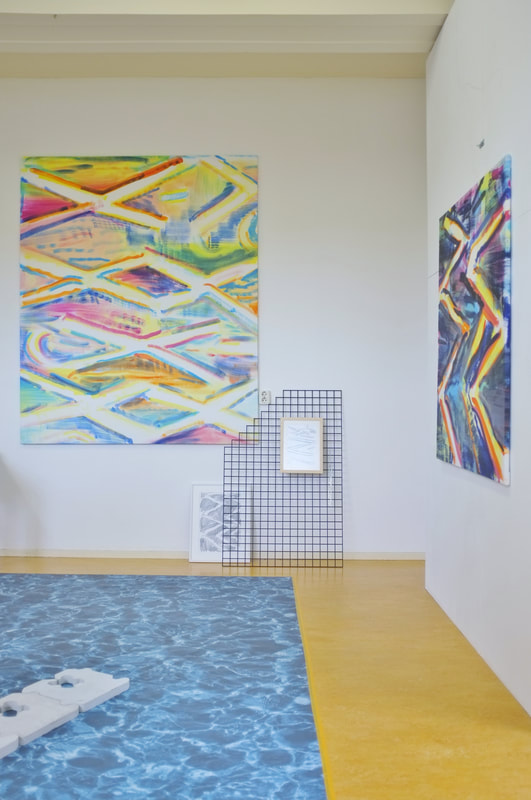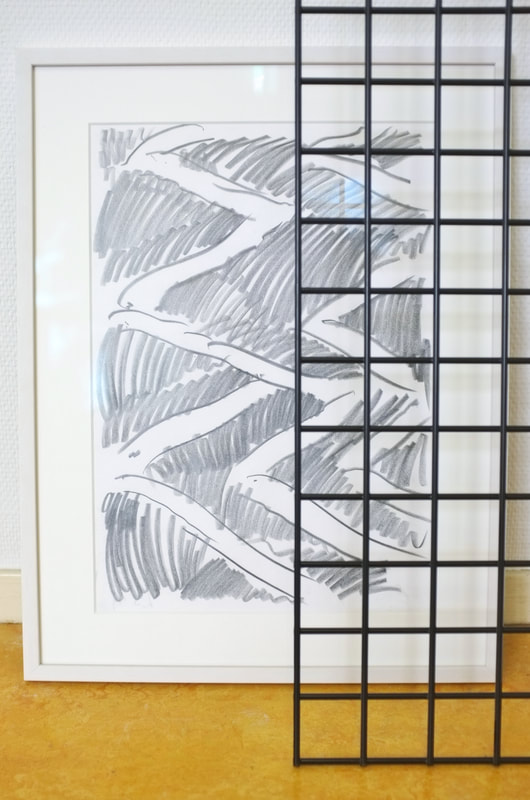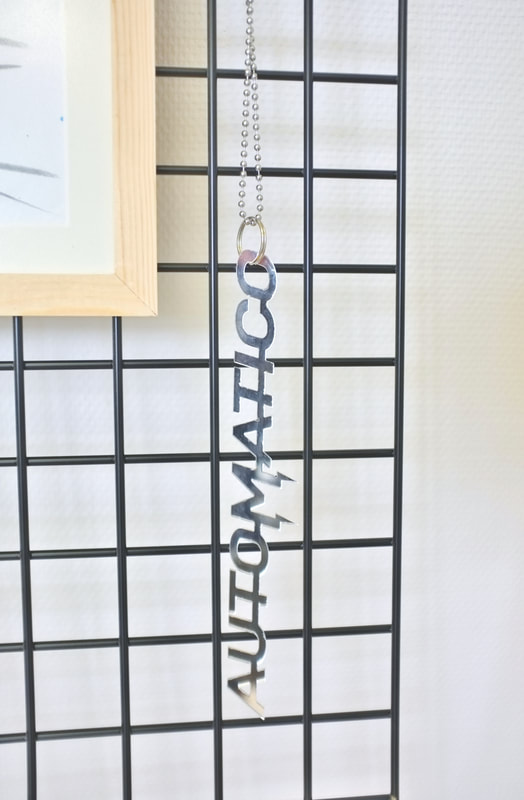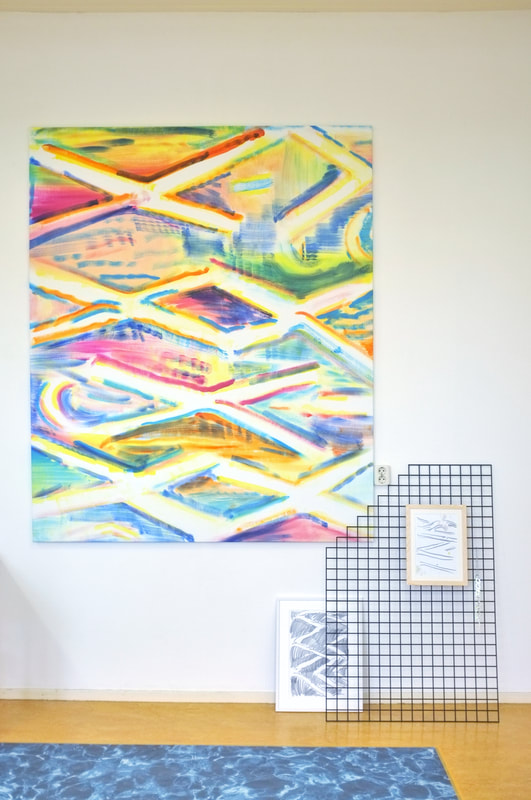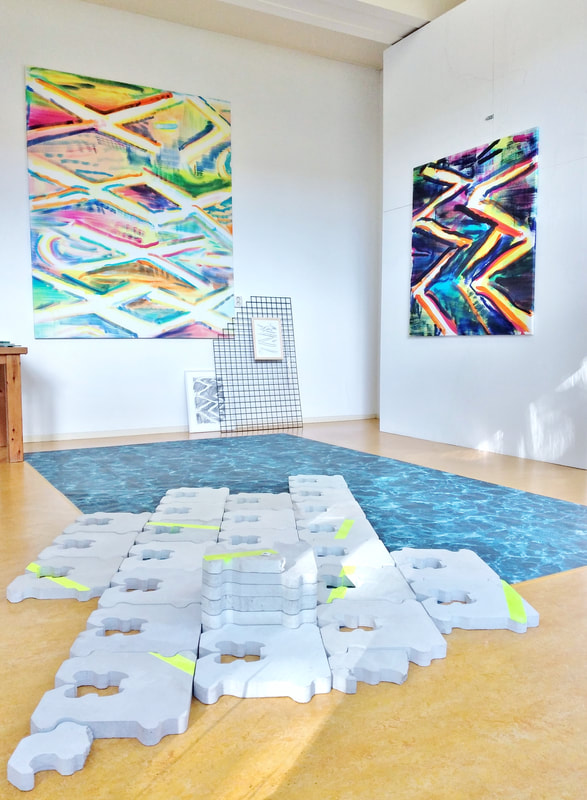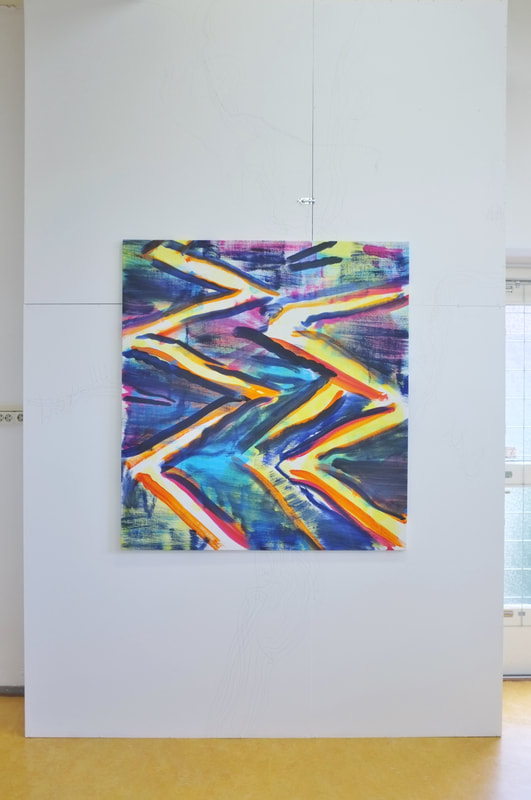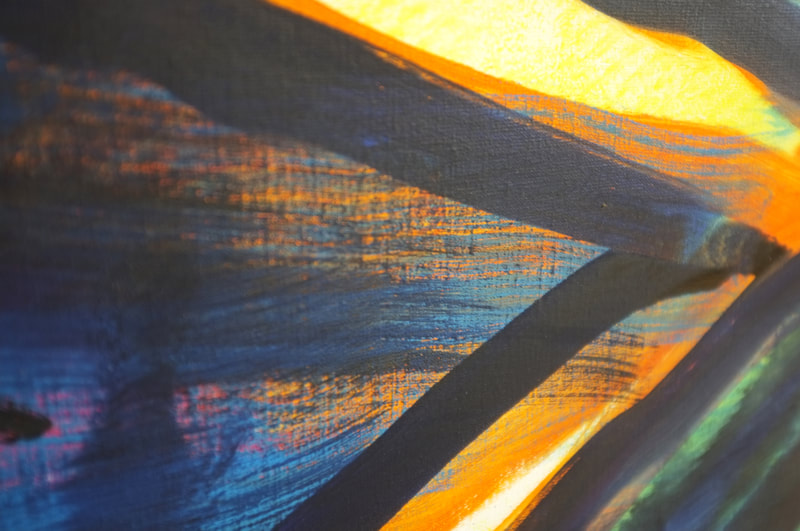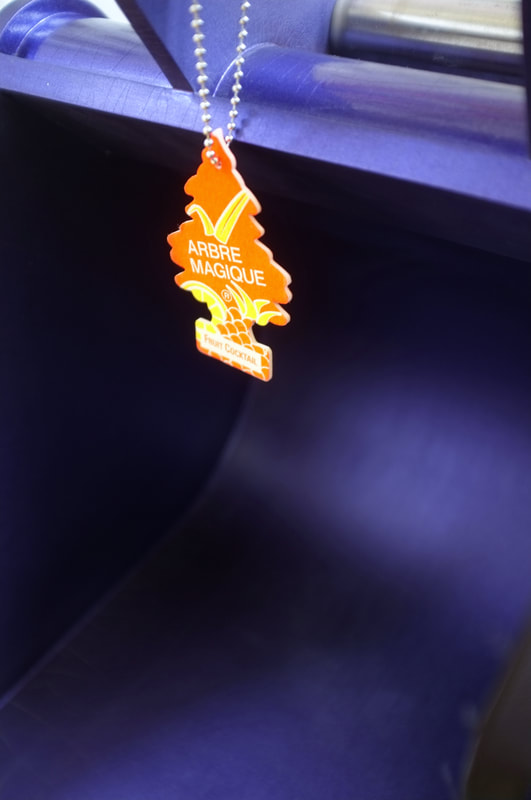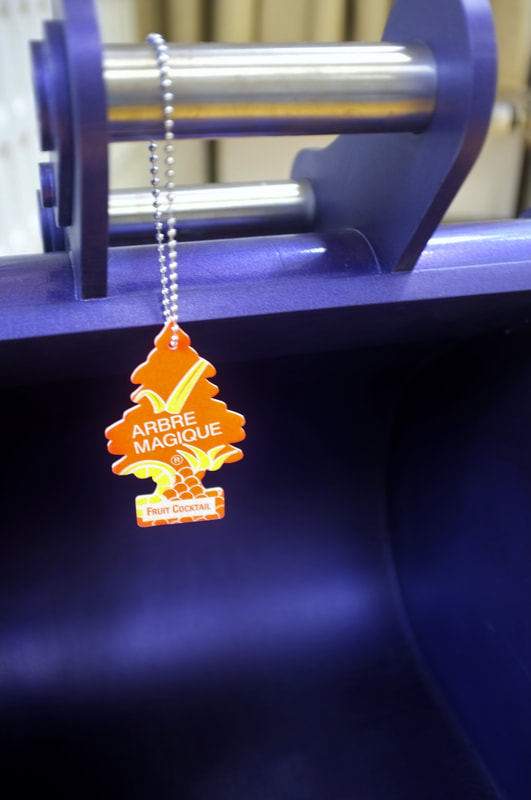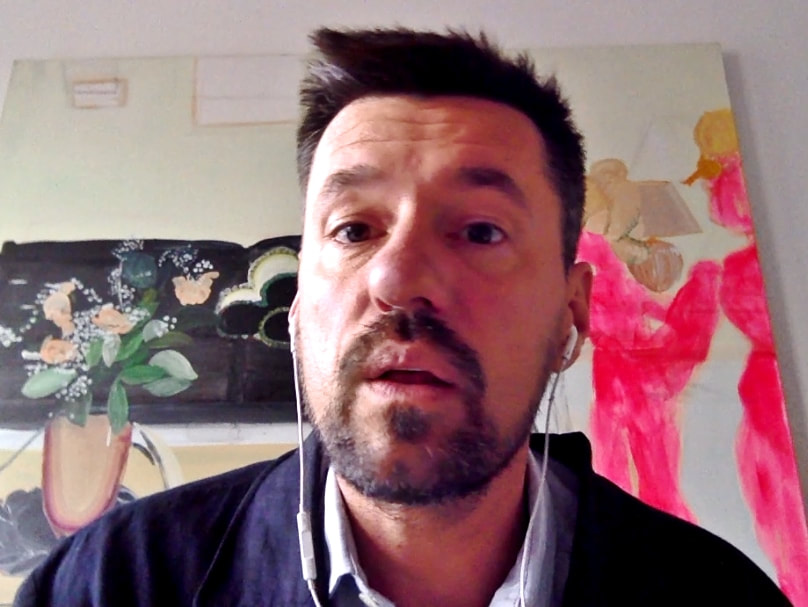R.S.O.L. archive
Room for the Study Of Loneliness : space for contemporary art
+ een uniek, online optreden bij de presentatie door Akiko Mik info & het Prisma String Trio info
& een inleiding op de presentatie door Xander Karskens, directeur van De Ateliers info
dit vond plaats op 29.10.2020 19:30-21:00
het kaartje voor dit optreden was ook geldig om de optredens draadloos terug te luisteren, in de presentatie ter plekke
⇓ scroll down voor audio fragmenten
/
+ a unique, online performance for the presentation by Akiko Mik info & the Prisma String Trio info
& an introduction to the presentation by Xander Karskens, director of De Ateliers info
this took place on 29.10.2020 19:30-21:00
the ticket for this performance was valid also for wirelessly listening to the performance again, in the presentation on site
⇓ scroll down for audio excerpts
& een inleiding op de presentatie door Xander Karskens, directeur van De Ateliers info
dit vond plaats op 29.10.2020 19:30-21:00
het kaartje voor dit optreden was ook geldig om de optredens draadloos terug te luisteren, in de presentatie ter plekke
⇓ scroll down voor audio fragmenten
/
+ a unique, online performance for the presentation by Akiko Mik info & the Prisma String Trio info
& an introduction to the presentation by Xander Karskens, director of De Ateliers info
this took place on 29.10.2020 19:30-21:00
the ticket for this performance was valid also for wirelessly listening to the performance again, in the presentation on site
⇓ scroll down for audio excerpts
Een kunstwerk heeft volgens Georg Bertram een 'gebrekkige vanzelfsprekendheid'. Hoe een kunstwerk te begrijpen, te verstaan, ja zelfs te benaderen is, is geen vanzelfsprekend gegeven in de hedendaagse kunst. Het kunstwerk heeft geen gebruiksfunctie, het is geen werktuig. Ook een andere praktische functie is niet voorhanden. Een hedendaags kunstwerk hoeft niet te representeren of present te stellen, of te memoreren. Het hoeft zelfs geen ding-achtige kwaliteit te bezitten. Een decoratieve functie is soms wellicht mogelijk, maar ook niet vanzelfsprekend - want lang niet altijd zal het in 'de smaak vallen' (laat staan 'bij de bank passen') en zeker zal het niet zomaar aansluiten bij modieuze stijlen. Ten slotte is ook een vermakende functie niet vanzelfsprekend, juist omdat het in zijn vreemdheid, zijn anders zijn, niet terstond begrepen kan worden.
Om het werk te kunnen laten werken, het toe te staan zijn werk te doen, is een vertrouwensvolle, haast afwachtende houding nodig. Het heeft geen zin van het kunstwerk te eisen dat het zijn betekenis terstond bekend maakt, zonder daarbij zelf een inspanning te willen leveren. Het geeft zijn betekenis niet prijs aan zo'n eisende, zichzelf opdringende kracht, en een vooringenomen houding laat het werk ook niet toe. In plaats van tot het werk door te willen dringen, moet je het werk toestaan zich tot jou door te laten dringen. Je moet afwachten en erop vertrouwen dat het werk zichzelf aan jou te kennen zal gaan geven.
Dit wachten kenmerkt zich niet door een passieve houding. Het kenmerkt zich door een bereidwilligheid te blijven, te verwijlen, bij wat het werk is en doet. Daarin is verondersteld dat het werk wordt aangetroffen door iemand (de beschouwer, jijzelf) in een zekere context. Beide aspecten wegen mee in hoe het werk van zich laat spreken. Dat het werk is gedaan door iemand, is ook een dimensie van het werk. Een dimensie die de verwachting dat het werk betekenis heeft staaft. Want het gegeven dat iemand de moeite heeft genomen het werk te doen, het te 'maken', veronderstelt een betekenisvolle reden waarom het werk gedaan moest worden.
De actie die de beschouwer neemt in het verwijlen, bestaat uit het steeds opnieuw noemen en benoemen wat het werk is en doet, in die context. De beschouwer 'zegt' het werk zichzelf zo aan, en het werk geeft de relaties die aspecten van het werk hebben tot elkaar, en tot de beschouwer, in de aanzegging prijs. Deze relaties die in het werk aangezegd worden eindigen niet bij het werk zelf, bij de directe context of de beschouwer, maar breiden zich uit tot wat die situatie overstijgt - tot dat wat we uiteindelijk 'wereld' noemen. Het werk is door iemand gedaan die niet per se deel uitmaakt van de context waarin het wordt aangetroffen, en daarmee wordt alvast duidelijk dat het werk iets zegt over iets. Door aspecten te noemen, relaties ertussen te noemen, en ook de relaties te noemen die deze relaties hebben tot wat buiten het werk staat, worden de betekenissen van het werk ontdekt, gerealiseerd. Wat in het werk besloten ligt wordt zo ontsloten. De verwachting dat dit mogelijk zou zijn, wordt in het afwachten waar.
Het werk van Tom Putman en van Laurens Stok is bij uitstek 'hedendaags' in de hierboven beschreven zin. Het is werk dat gedaan wordt om het werk zelf, en om wat zich daarin te kennen geeft. Wat zich te kennen geeft zijn inzichten in en kennis van 'de wereld', en van 'het zijn in de wereld'. Het werk van beide kunstenaars legt in samenspraak manieren van waarop onze wereld bestaat bloot, en leert ons hoe we in die wereld bestaan en onszelf daarin leren kennen - als 'mens' in deze wereldtijd. Dit leren en dit kennen laat zich hier niet samenvatten tot een programma of thema, maar dient zich aan als een structuur van motieven die zich laat ontsluiten, zodat zij zich met de beschouwer doen realiseren.
/
According to Georg Bertram, a work of art has a 'flawed self-evidence'. How to understand and even approach a work of art is not self-evident in contemporary art. The artwork has no use, it is not a tool. There is no practical function available. A contemporary work of art does not have to represent or present, or to commemorate. It doesn't even have to have a object-like quality. A decorative function may sometimes be possible, but is not self-evident either, because it will not always be 'to the taste' of everyone (let alone 'go with the sofa') and certainly will not easily fit in with fashionable styles. Finally, an entertaining function cannot be taken for granted, because it cannot be immediately understoodof precisely because of its strangeness, its being different.
In order for the work to be able to work, a trusting, almost wait-and-see attitude is required. There is no point in requiring the work of art to make its meaning known immediately, without making an effort. It does not reveal its meaning to such a demanding, self-imposed force, nor does the work permit a biased attitude. Instead of wanting to get through to the work, one must allow the work to get through to you. You have to wait and trust that the work will reveal itself to you.
This waiting is not characterized by a passive attitude. It is characterized by a willingness to stay, to dwell on what the work is and does. In this is assumed that the work is found by someone (the viewer, yourself) in a certain context. Both aspects weigh in on how the work will come to speak of itself. That the work was done by someone is also a dimension of the work. A dimension that supports the expectation that the work has meaning. For the fact that someone has bothered to do the work, "make it," presupposes a meaningful reason why the work had to be done.
The action that the viewer takes in the lingering consists of constantly mentioning and naming what the work is and does, in that context. The viewer 'says' the work in this way, and in that notice, the work reveals the relations that aspects of the work have to each other, and to the viewer. These relationships that are announced in the work do not end with the work itself, with the immediate context or the viewer, but extend to what transcends that situation - to what we ultimately call "world". The work was done by someone who is not necessarily part of the context in which it is now found, and herein it becomes clear that the work says something about something. By naming aspects, naming relationships between them, and also naming the relationships these relationships have to what is outside of the work, the meanings of the work are discovered, realized. What is contained in the work is thus unlocked. The expectation that this would be possible becomes true in the awaiting.
The work of Tom Putman and Laurens Stok is pre-eminently 'contemporary' in the sense described above. It is work that is done for the work itself, and for what becomes known in it. What makes itself known are insights into and knowledge of 'the world', and of 'being in the world'. The work of both artists, in dialogue, exposes ways in which our world exists, and teaches us how we exist in that world and get to know ourselves in it - as 'people' in this world-age. What is learned and what becomes known in the work cannot be summed up here as a program or a theme, but presents itself as a structure of motives that can be unlocked, so that they can be realized with the viewer.
Om het werk te kunnen laten werken, het toe te staan zijn werk te doen, is een vertrouwensvolle, haast afwachtende houding nodig. Het heeft geen zin van het kunstwerk te eisen dat het zijn betekenis terstond bekend maakt, zonder daarbij zelf een inspanning te willen leveren. Het geeft zijn betekenis niet prijs aan zo'n eisende, zichzelf opdringende kracht, en een vooringenomen houding laat het werk ook niet toe. In plaats van tot het werk door te willen dringen, moet je het werk toestaan zich tot jou door te laten dringen. Je moet afwachten en erop vertrouwen dat het werk zichzelf aan jou te kennen zal gaan geven.
Dit wachten kenmerkt zich niet door een passieve houding. Het kenmerkt zich door een bereidwilligheid te blijven, te verwijlen, bij wat het werk is en doet. Daarin is verondersteld dat het werk wordt aangetroffen door iemand (de beschouwer, jijzelf) in een zekere context. Beide aspecten wegen mee in hoe het werk van zich laat spreken. Dat het werk is gedaan door iemand, is ook een dimensie van het werk. Een dimensie die de verwachting dat het werk betekenis heeft staaft. Want het gegeven dat iemand de moeite heeft genomen het werk te doen, het te 'maken', veronderstelt een betekenisvolle reden waarom het werk gedaan moest worden.
De actie die de beschouwer neemt in het verwijlen, bestaat uit het steeds opnieuw noemen en benoemen wat het werk is en doet, in die context. De beschouwer 'zegt' het werk zichzelf zo aan, en het werk geeft de relaties die aspecten van het werk hebben tot elkaar, en tot de beschouwer, in de aanzegging prijs. Deze relaties die in het werk aangezegd worden eindigen niet bij het werk zelf, bij de directe context of de beschouwer, maar breiden zich uit tot wat die situatie overstijgt - tot dat wat we uiteindelijk 'wereld' noemen. Het werk is door iemand gedaan die niet per se deel uitmaakt van de context waarin het wordt aangetroffen, en daarmee wordt alvast duidelijk dat het werk iets zegt over iets. Door aspecten te noemen, relaties ertussen te noemen, en ook de relaties te noemen die deze relaties hebben tot wat buiten het werk staat, worden de betekenissen van het werk ontdekt, gerealiseerd. Wat in het werk besloten ligt wordt zo ontsloten. De verwachting dat dit mogelijk zou zijn, wordt in het afwachten waar.
Het werk van Tom Putman en van Laurens Stok is bij uitstek 'hedendaags' in de hierboven beschreven zin. Het is werk dat gedaan wordt om het werk zelf, en om wat zich daarin te kennen geeft. Wat zich te kennen geeft zijn inzichten in en kennis van 'de wereld', en van 'het zijn in de wereld'. Het werk van beide kunstenaars legt in samenspraak manieren van waarop onze wereld bestaat bloot, en leert ons hoe we in die wereld bestaan en onszelf daarin leren kennen - als 'mens' in deze wereldtijd. Dit leren en dit kennen laat zich hier niet samenvatten tot een programma of thema, maar dient zich aan als een structuur van motieven die zich laat ontsluiten, zodat zij zich met de beschouwer doen realiseren.
/
According to Georg Bertram, a work of art has a 'flawed self-evidence'. How to understand and even approach a work of art is not self-evident in contemporary art. The artwork has no use, it is not a tool. There is no practical function available. A contemporary work of art does not have to represent or present, or to commemorate. It doesn't even have to have a object-like quality. A decorative function may sometimes be possible, but is not self-evident either, because it will not always be 'to the taste' of everyone (let alone 'go with the sofa') and certainly will not easily fit in with fashionable styles. Finally, an entertaining function cannot be taken for granted, because it cannot be immediately understoodof precisely because of its strangeness, its being different.
In order for the work to be able to work, a trusting, almost wait-and-see attitude is required. There is no point in requiring the work of art to make its meaning known immediately, without making an effort. It does not reveal its meaning to such a demanding, self-imposed force, nor does the work permit a biased attitude. Instead of wanting to get through to the work, one must allow the work to get through to you. You have to wait and trust that the work will reveal itself to you.
This waiting is not characterized by a passive attitude. It is characterized by a willingness to stay, to dwell on what the work is and does. In this is assumed that the work is found by someone (the viewer, yourself) in a certain context. Both aspects weigh in on how the work will come to speak of itself. That the work was done by someone is also a dimension of the work. A dimension that supports the expectation that the work has meaning. For the fact that someone has bothered to do the work, "make it," presupposes a meaningful reason why the work had to be done.
The action that the viewer takes in the lingering consists of constantly mentioning and naming what the work is and does, in that context. The viewer 'says' the work in this way, and in that notice, the work reveals the relations that aspects of the work have to each other, and to the viewer. These relationships that are announced in the work do not end with the work itself, with the immediate context or the viewer, but extend to what transcends that situation - to what we ultimately call "world". The work was done by someone who is not necessarily part of the context in which it is now found, and herein it becomes clear that the work says something about something. By naming aspects, naming relationships between them, and also naming the relationships these relationships have to what is outside of the work, the meanings of the work are discovered, realized. What is contained in the work is thus unlocked. The expectation that this would be possible becomes true in the awaiting.
The work of Tom Putman and Laurens Stok is pre-eminently 'contemporary' in the sense described above. It is work that is done for the work itself, and for what becomes known in it. What makes itself known are insights into and knowledge of 'the world', and of 'being in the world'. The work of both artists, in dialogue, exposes ways in which our world exists, and teaches us how we exist in that world and get to know ourselves in it - as 'people' in this world-age. What is learned and what becomes known in the work cannot be summed up here as a program or a theme, but presents itself as a structure of motives that can be unlocked, so that they can be realized with the viewer.
inleiding van / introduction by Xander Karskens:
optreden van / performance by Akiko Mik:
|
twee fragmenten uit het optreden van Akiko Mik op 29 oktober 2020 / two excerpts from the performance by Akiko Mik on October 29, 2020:
|
optreden van / performance by Prisma String Trio:
|
twee fragmenten uit het optreden van het Prisma String Trio op 29 oktber 2020 / two excerpts from the performance by the Prisma String Trio on October 29, 2020:
|
